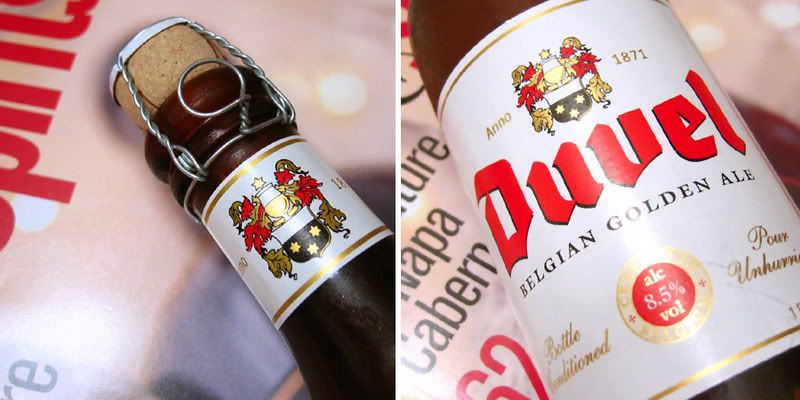
Visit your local wine store soon and grab a few bottles of fun-filled Nouveaus! These are wines for the young at heart! In general, a Nouveau can taste like a grape juice on steroid. It is very bright with fresh red fruit flavors such as cherry, strawberry, and raspberry. Some even taste like bubblegum candy! Because of the lack of tannins, it should be very soft in the mouth, and easy to drink. Do serve them slightly more chilled (55'F / 13' C) than you would any other red wines.
 Of the many selections that you may encounter, three good reliable producers that are widely distributed in the States are Joseph Drouhin, Pierre Dupond and Georges Duboeuf. They average at about $11 per bottle. However, feel free to grab any Nouveau with your eyes closed. These are mostly simple wines that are meant for immediate enjoyment (the fresher the better). It is not meant for your sophisticated scrutinies.
Of the many selections that you may encounter, three good reliable producers that are widely distributed in the States are Joseph Drouhin, Pierre Dupond and Georges Duboeuf. They average at about $11 per bottle. However, feel free to grab any Nouveau with your eyes closed. These are mostly simple wines that are meant for immediate enjoyment (the fresher the better). It is not meant for your sophisticated scrutinies.The proper term of Beaujolais Nouveau is Beaujolais Primeur. By French and European laws, a wine released during the period between its harvest and the following spring is referred to as primeur. Gamay is the only grape variety permitted by law in Beaujolais Nouveau wines.
TN: 2006 Georges Duboeuf Beaujolais Nouveau ($9 at Costco, 12% alc)
Fresh purple! Immediately a bright nose of ripe strawberry, rose water, sweet cranberry compote. Bright acidity and sateeny tannin. It's simply an easygoing wine and fun. Made me giggle a little.




